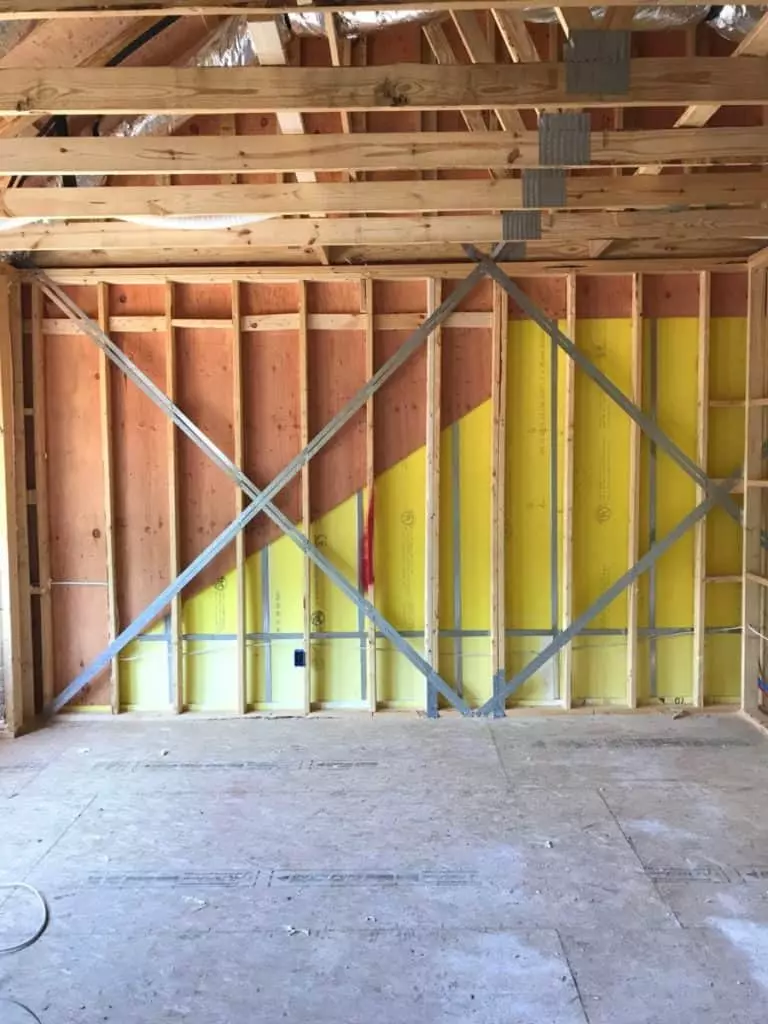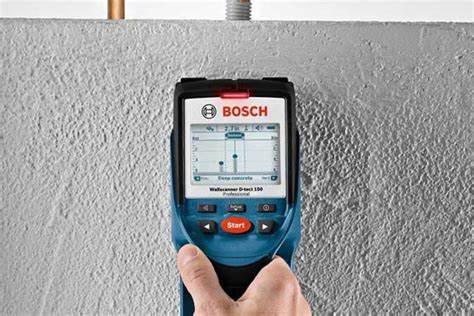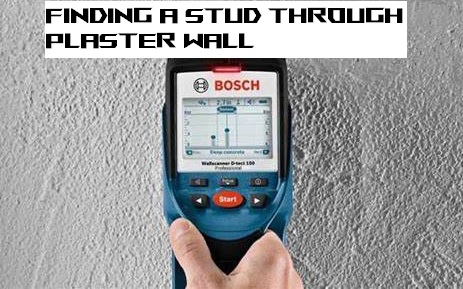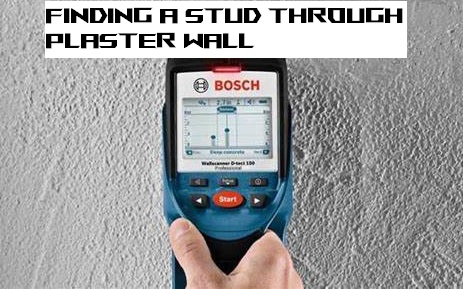Are you looking for the best way to find a stud in an older home?
If so, you'll be pleased to know that there are many options available. Some of these options are more effective than others, depending on your current situation. Let's take a look at some of the ways to find a stud.

The best way to find a stud in an older home is to search for the missing drywall flashings that run horizontally along the wall. The stud would obviously be the drywall, and by looking for these small metal strips behind the plaster, you'll often find them.
Another great way to find a stud in an older home is to use a stud finding tool.
This tool will look like a metal or wooden lever with a wooden handle on the end. It's designed to easily find any type of drywall or stud. Most toolboxes have these, so it shouldn't be difficult to find one.
Older homes often have wallpaper covering the face of the walls. These wallcoverings are glued to the face of the wall with wallpaper paste, but they're often visible behind the wallpaper.
To find these wall coverings, you should use a stethoscope. Oftentimes, you'll find them just by pulling out the tape measure and listening for that click sound.
The best way to find a stud in the wall: Can´t be easier
One of the best ways to find a stud in an older home is to listen for any squeaks or pops as you walk past. Oftentimes, if there's a dent in the wall, it will usually be very evident when you walk by.
If you haven't found a stud yet, when you hear that squeak or pop, stop and listen. You never know when a wall is going to come loose or start to move. You don't want to get hit by a loose stud or wall as you walk by.
Another option is to use an electric stud finder. These devices are available at most home improvement stores. They're not as accurate as a metal stethoscope, but they can often find the wall coverings you're looking for. An electric stud finder is a good idea if you're in a hurry. It saves you time over trying to listen for a loose stud.
The best way to find a stud in the wall of a home is through a contractor.
Some experienced contractors work on homes all the time. A lot of them have experience finding all kinds of different things. Because they do it every day, they're going to have tools that are very reliable and will find any type of stud.
It's a good idea to get estimates from several contractors before starting any project so you know what your new budget is.
Once you have a few potential options for where to put the studs in your home, it's time to figure out which one is best. It's a good idea to think of the studs as an investment. That's because if you don't place a good quality stud in a good location, it could cost you money in the future.
This is especially true if you have to replace the stud.
Knowing the best way to find a stud in a wall can be very important. Don't rush into a decision and end up with a bad choice. Take your time and get several quotes and talk to contractors. Make sure you know the size and type of stud you need to make the best decision.
related searches:
light switch
electrical boxes
find a wall stud
tap the wall
hit a stud
feel resistance
nails and screws
locates studs
16 or 24 inches
finish nail
electrical outlet
measure 16 inches
solid sound
spaced 16
locate the nearest
dimples in the wall
damage your wall




